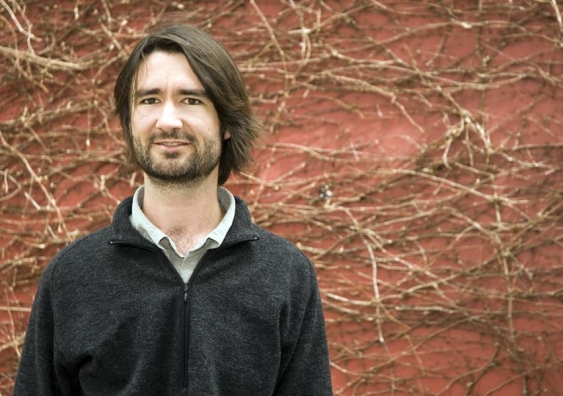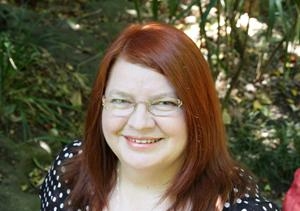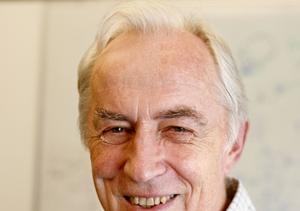Big-thinking researchers finalists in innovation challenge
Three UNSW researchers are finalists in The Australian Innovation Challenge, a competition that offers cash prizes to commercialise the country’s best ideas.
Three UNSW researchers are finalists in The Australian Innovation Challenge, a competition that offers cash prizes to commercialise the country’s best ideas.

Three UNSW researchers have been singled out for their revolutionary work as finalists in The Australian Innovation Challenge.
The challenge, which is in its third year, offers a total of $70,000 in cash prizes to help commercialise and bring to life the country’s best ideas.
Run by The Australian in association with Shell and Innovation Australia, the judges selected finalists conducting groundbreaking research across seven professional categories, including manufacturing and hi-tech design, education and health.
Associate Professor Mike Manefield, from the School of Biotechnology and Biomolecular Science, is a finalist for his innovative approach to remediating groundwater contaminated by industrial chemicals. His work, which was nominated in the environment, agriculture and food category, involves developing bacteria cultures that can break down toxins into harmless components, offering a cheap and simple method of reclaiming gallons of unsafe water.
In the ICT category, Emeritus Professor Paul Compton from the School of Computer Science and Engineering, was shortlisted as a finalist after developing ‘Ripple Down Rules’ that help computer programs mimic experts and make informed decisions in a range of fields, including medical diagnosis.
Dr Carol Oliver from the Australian Centre for Astrobiology at UNSW was nominated in the education category for establishing the Mars Yard - a 140 square metre exhibition at the Powerhouse Museum that allows science students to control rover missions and experience the thrill of discovery and exploration on the Red Planet.
The winners of each category, to be announced on 28 November, will be awarded $5,000, with an overall winner receiving a further $25,000.
Last year, UNSW Scientia Professor Veena Sahajwalla took out the top prize for her work on converting old rubber tyres and plastic into “green steel”.
Media contact: Fiona MacDonald, UNSW Media Office, 02 9385 1933, fionajmacdonald@gmail.com

